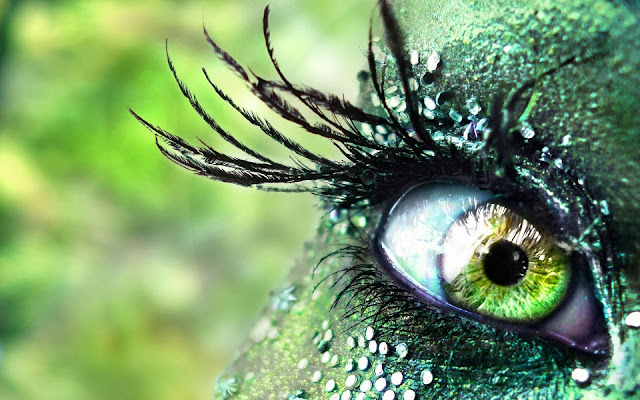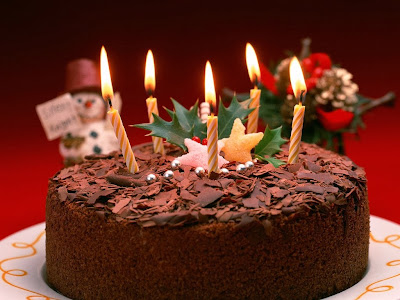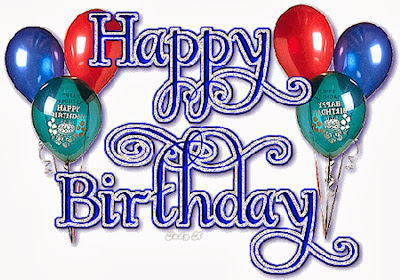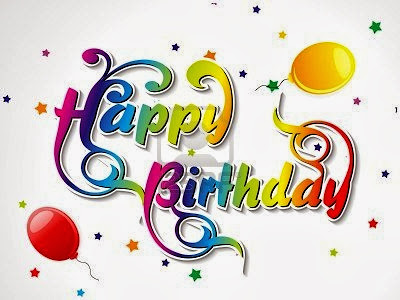Today's Halloween customs are thought to own been relying on folk customs and beliefs from the Celtic-speaking countries, a few of which have pagan roots, among others that could be rooted in Celtic Christianity. Indeed, Jack Santino, an academic folklorist, writes that "the sacred as well as the religious are a fundamental context for understanding Halloween in Northern Ireland, but there as throughout Ireland an uneasy truce exists between customs and beliefs connected with Christianity and those linked to religions that were Irish before Christianity arrived". Historian Nicholas Rogers, checking out the origins of Halloween, notes that although "some folklorists have detected its origins from the Roman feast of Pomona, the goddess of fruits and seeds, or perhaps the festival of the dead called Parentalia, it is more typically of this particular Celtic festival of Samhain", which comes from your Old Irish for "summer's end". Samhain (pronounced SAH-win or SOW-in) was the most crucial of the four quarter days within the medieval Gaelic calendar and was celebrated in Ireland, Scotland and the Isle of individual. It was held on or about October 31 – November 1 and kindred festivals were held as well of the season from the Brittonic Celts for example Calan Gaeaf (in Wales), Kalan Gwav (in Cornwall) and Kalan Goañv (in Brittany). Samhain and Calan Gaeaf are mentioned in some of the earliest Irish and Welsh literature. The names happen to be utilized by historians to refer to Celtic Halloween customs until the nineteenth century, and are still the Gaelic and Welsh names for Halloween.
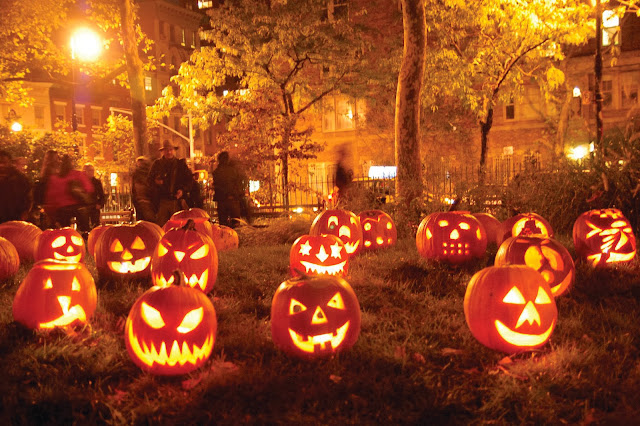
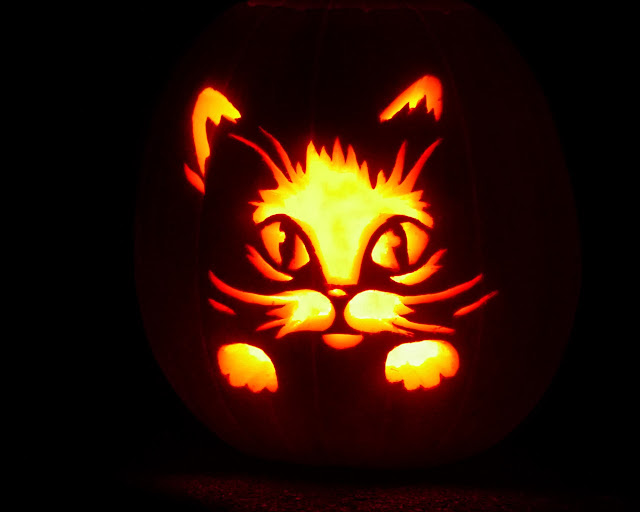
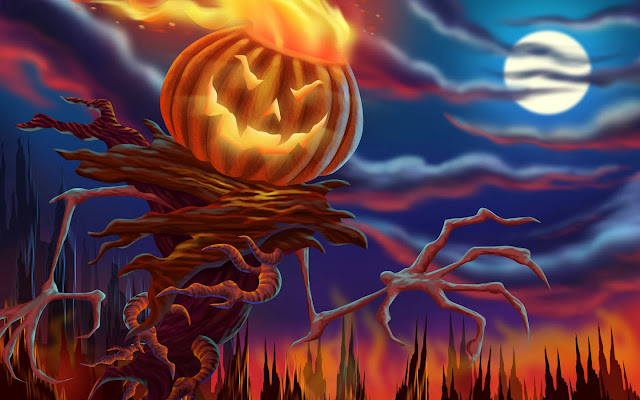

Samhain/Calan Gaeaf marked eliminate the harvest season and beginning of
winter or 'darker half' of the season. Like Beltane/Calan Mai, it
absolutely was seen as liminal time, once the spirits or fairies (the
Aos Sí) could with less effort enter into our society and were
particularly active. Most scholars understand the Aos Sí as "degraded
versions of ancient gods, both Celtic and pre-Celtic, whose power
remained active in the people's minds even after they were officially
replaced by later religious beliefs". The fairies were both respected
and feared, with folks often invoking the security of God when
approaching their dwellings. At Samhain, it had been belief that the Aos
Sí must be propitiated in order that people as well as their livestock
survived the winter. Offerings of drink and food, or parts of the crops,
were left for that Aos Sí. The souls of the dead were also told revisit
their properties. Places were set at the dinner table or by the fire to
welcome them. In 19th century Ireland, "candles could be lit and
prayers formally offered to the souls of the dead. After this the
eating, drinking, and games would begin". Throughout the Gaelic regions,
your family festivities included rituals and games designed to divine
one's future, especially regarding death and marriage. Nuts and apples
were often utilized in these divination rituals. Special bonfires were
lit high were rituals involving them. Their flames, smoke and ashes were
deemed to get protective and cleansing powers, and were also employed
for divination.









